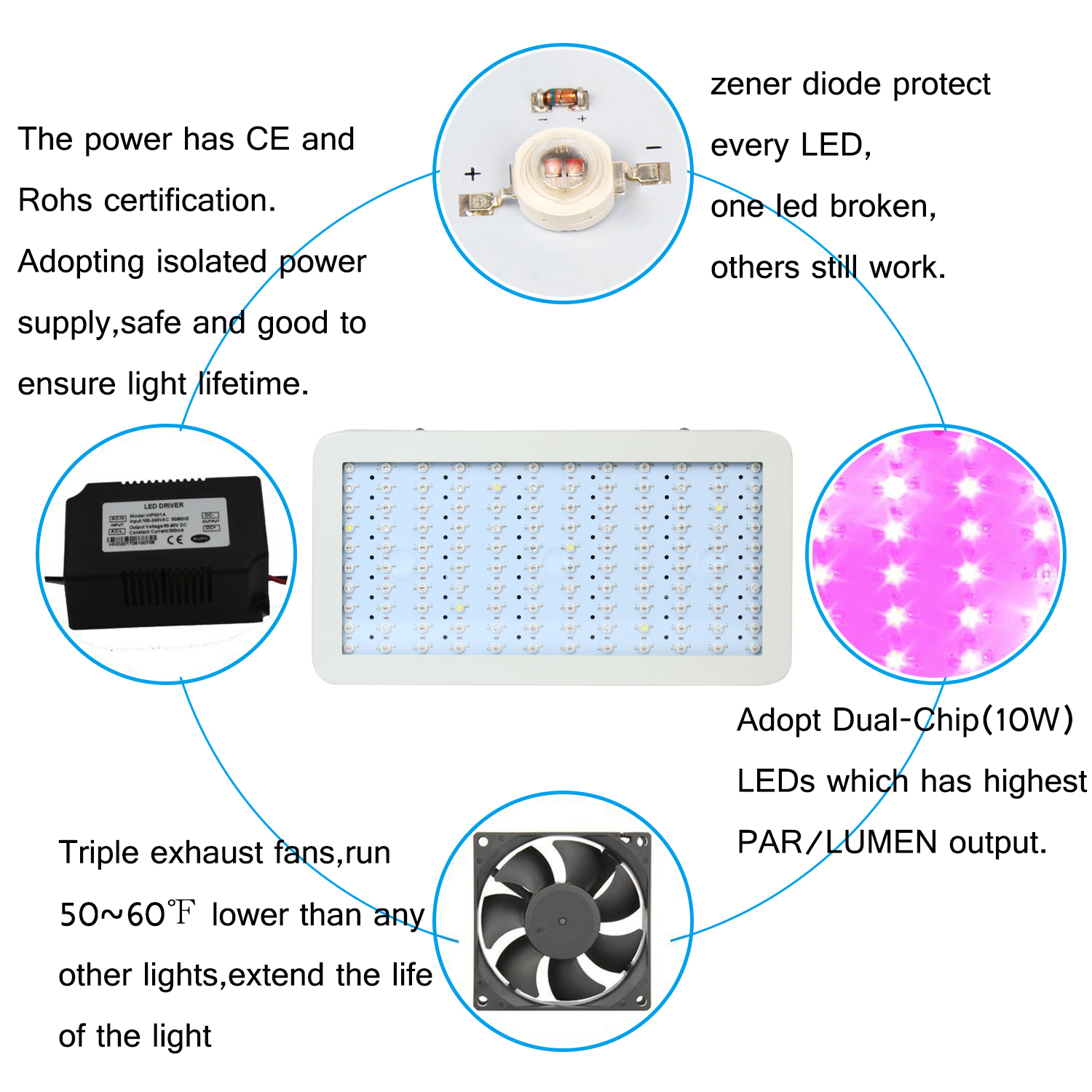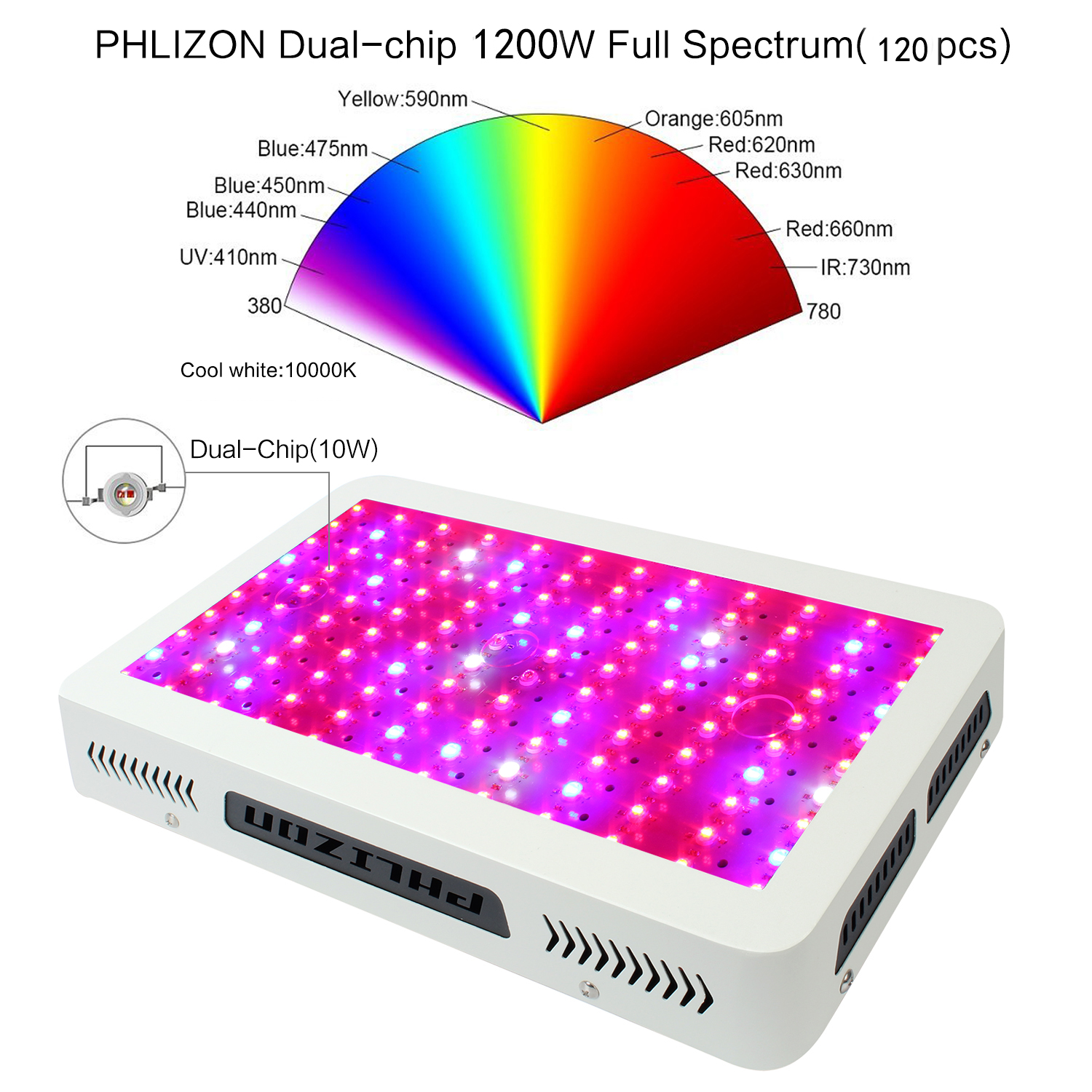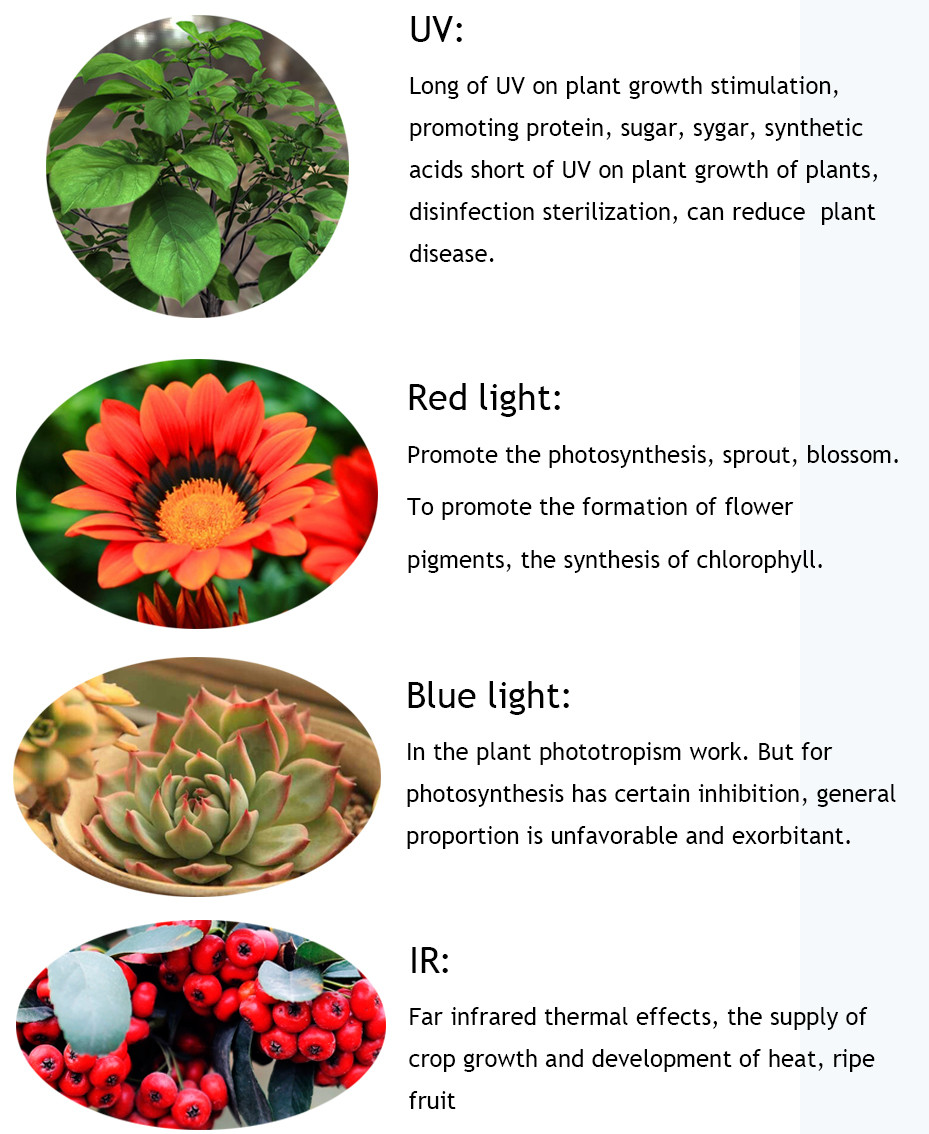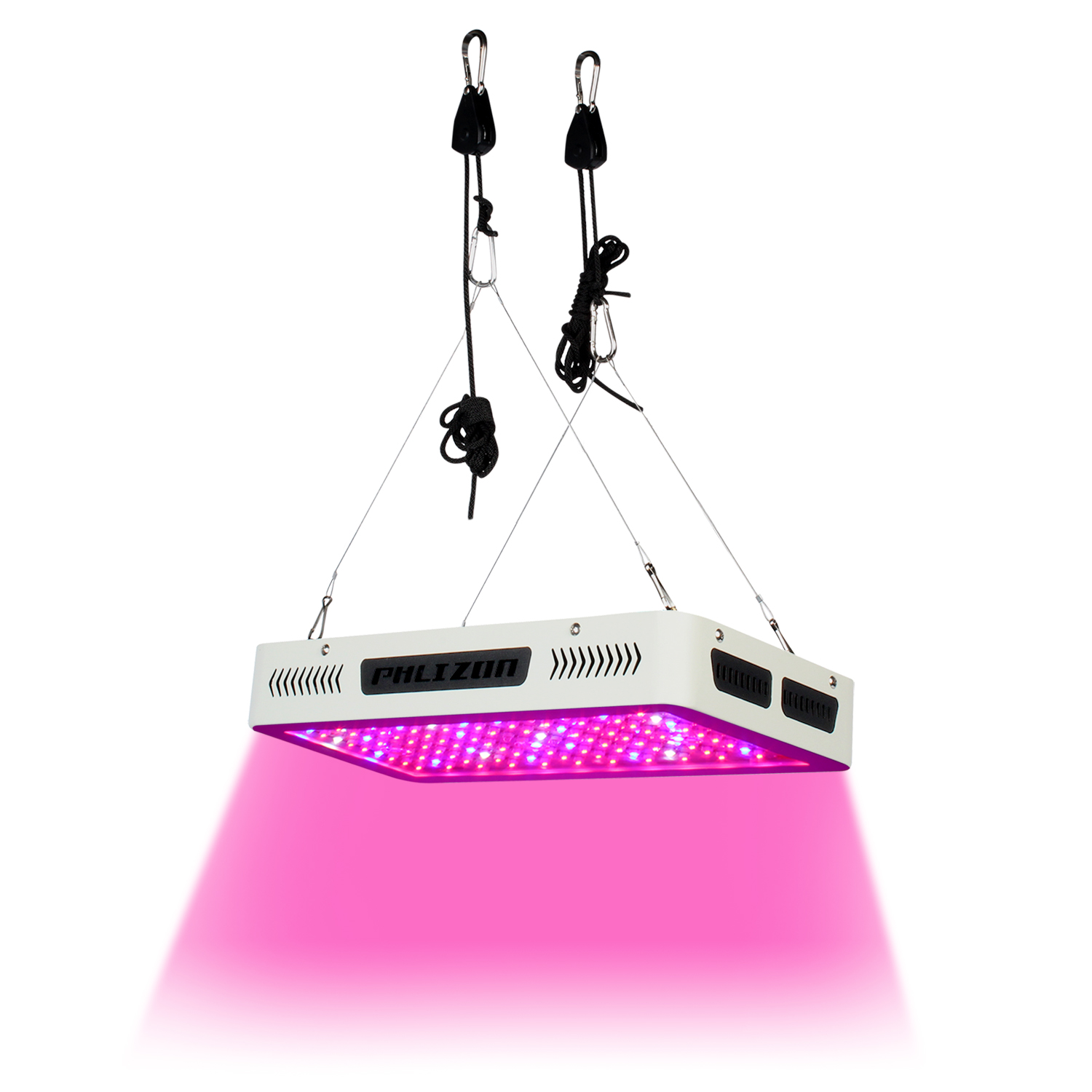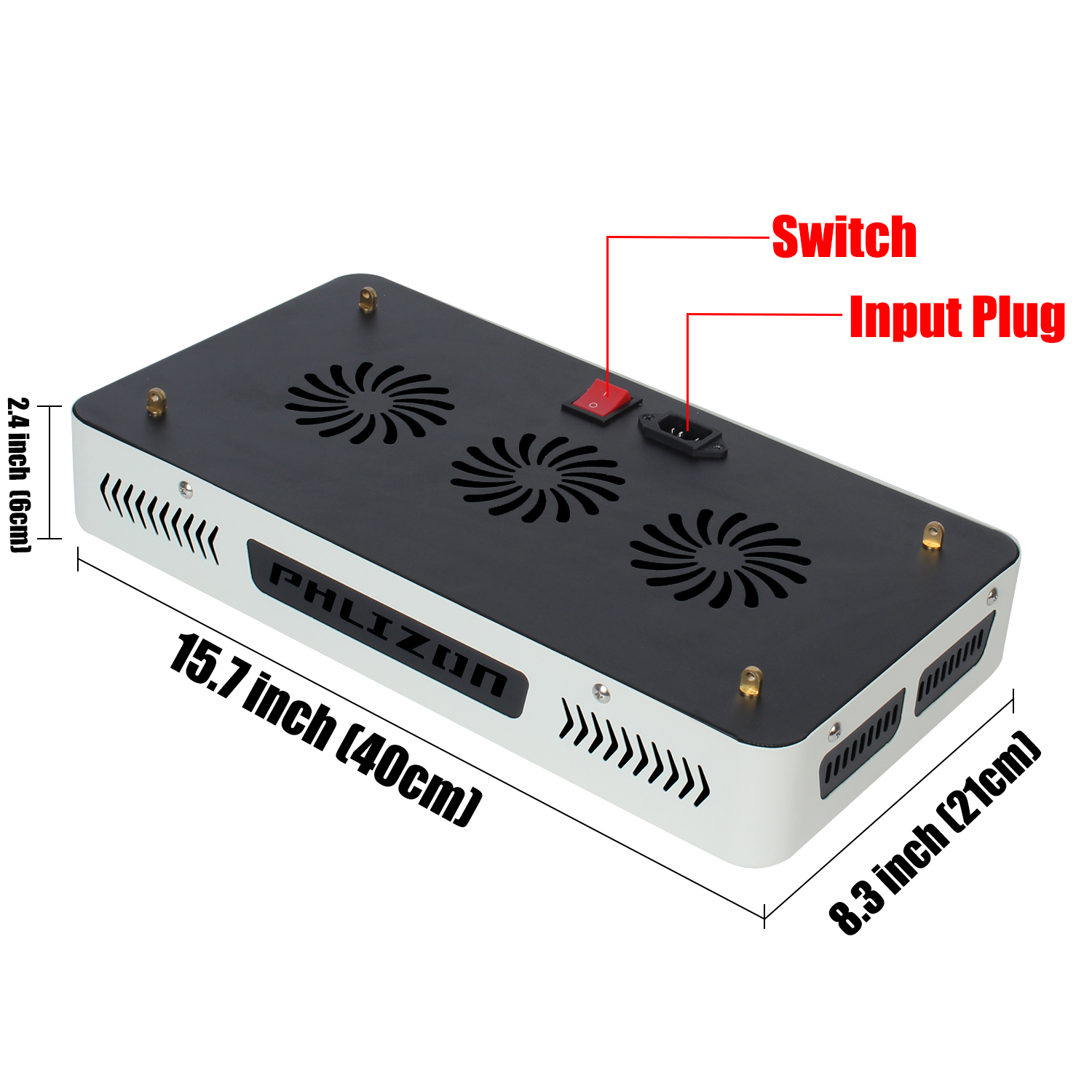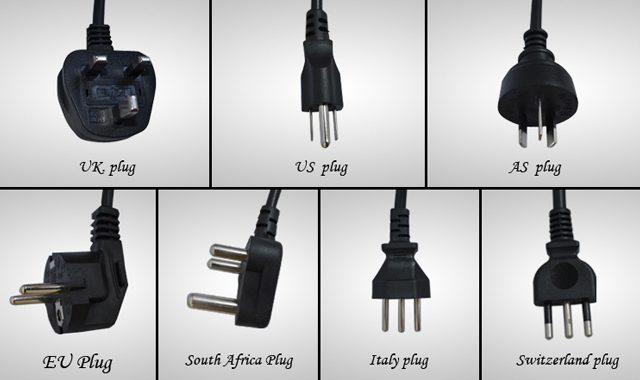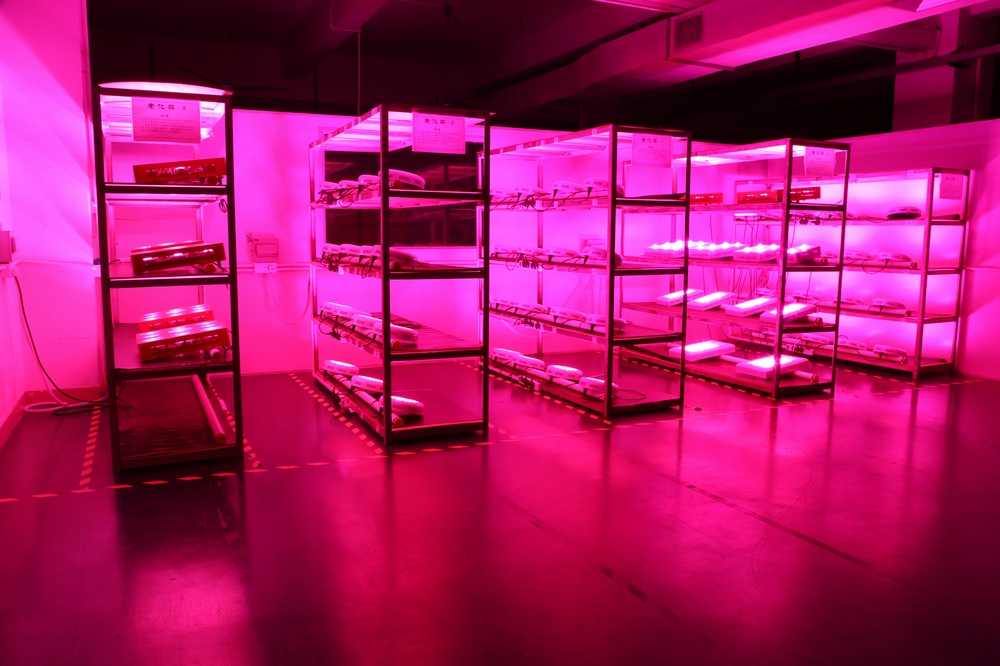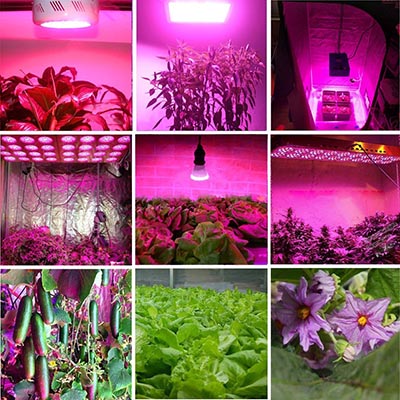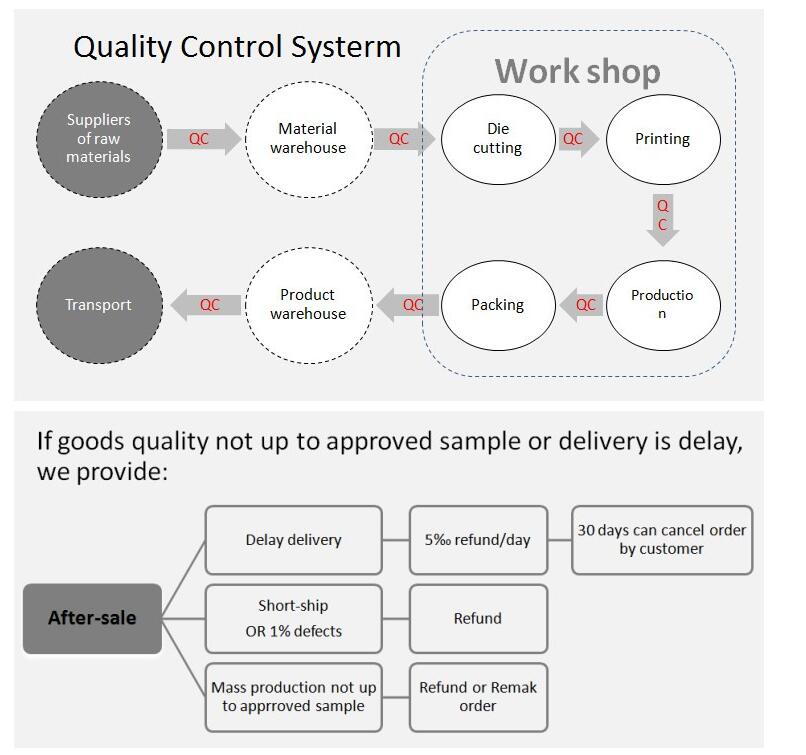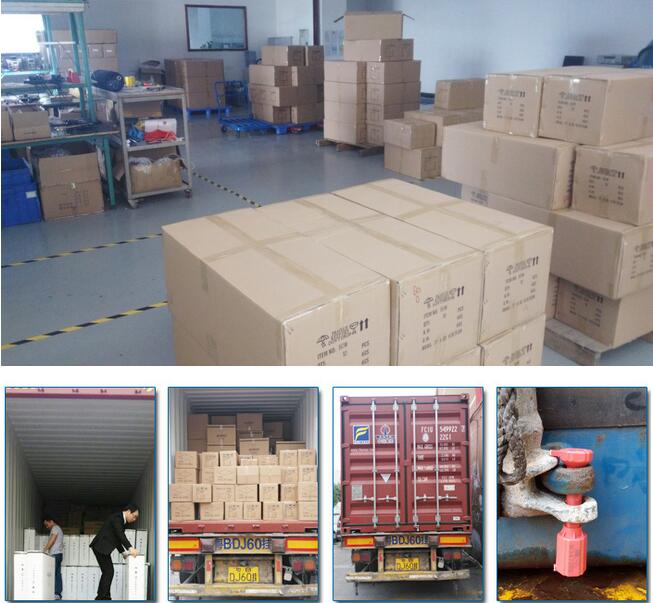For the plastics industry, the medical application field is undoubtedly a huge money bank with unlimited money, from simple plastic products such as syringes, pipettes, petri dishes and measuring cups, to complex integrated medical devices such as insulin metering. Pens, dialyzers, ultrasonic nebulizers, medical X-ray machines, etc. are all made of plastic. Because the use of these products is closely related to people's health and even life, the requirements for their manufacturing materials and production processes are very strict: materials should be safe and reliable, the production workshop is clean; production equipment is refined, low cost and high efficiency. High security is important
Safety is the most basic requirement for medical plastic products, mainly depending on whether the product is safe for the post-treatment of medical personnel, patients and products. Need to comprehensive considerations from product design, raw material selection, production process and processing production process, production environment, product quality technical indicators.
When plastics are used as medical materials, they should generally meet the following requirements: no toxicity to the body, no carcinogenicity, no allergic reaction or interference with the body's immune mechanism; materials implanted in the body should have good biocompatibility; materials in contact with blood should Has a certain anticoagulant properties; can withstand the sterilization process without deformation and so on.
Research on alternative materials for PVC is a hot topic in recent years. PVC is currently the most widely used polymer in the medical industry, but it may release phthalates, which may cause potential harm to human health. TPU is considered a safer alternative. First, the bio-performance, mechanical properties, and processing properties of TPU are comparable to those of PVC, and there is no need for plasticizers to achieve flexibility, so there is no risk of phthalate migration. In addition, the TPU has sufficient rigidity before being inserted into the human body, and the flexibility to enter the human body ensures the patient feels comfortable. However, medical grade TPU is expensive, and is currently mainly used in high value-added precision interventional catheters, artificial heart assist devices, artificial blood vessels, and the like. Due to the high purity, reaction conditions and process requirements of medical grade TPU, the production technology is only concentrated in the hands of several foreign companies, such as: BASF, Covestro (former Bayer Material Science), Lubrizol, Dow Chemical and Hunts Waiting.
The demand for silicone materials in the medical field is also increasing. Compared with PVC, it has obvious advantages in anti-infection, sealing and bonding, waterproof and non-irritating. In addition to strict requirements on the production materials, medical plastic products have strict requirements on processing equipment. In particular, medical products such as test, test, container, and organ that have special requirements for the use of the environment must use a clean room during molding. Many processing equipment suppliers have developed many solutions for this purpose.
High energy efficiency and high precision
In an era of rapid change, energy efficiency is the goal pursued by all businesses. In general, medical product manufacturers require processing equipment to produce the best quality products with the highest equipment stability and safety under the shortest possible cycle conditions. Therefore, automation and system integration solutions have become the focus of attention.
High precision is also a key requirement for medical plastic products. For example, syringes and pipettes require high cross-section accuracy for fillets and through-holes, while culture vessels require high dimensional accuracy; while inhalers, insulin pens, etc. are complex and can be specific The assembly of multiple precision components such as storage, atomization and metering requires a high degree of precision and interaction between the plastic structural members. Moreover, under the pressure of the market, today's medical devices tend to be smaller and more multifunctional. Therefore, these products require more stable processing systems and more precise control.
Automation and system integration solutions become hot spots
Injection molding products are the largest varieties of medical plastic products, and all-electric injection molding machines are considered to be the preferred production equipment due to their advantages in high speed, high efficiency, precision and energy saving.
In terms of micro-injection, WITTMANN BATTENFELD has a 15T micropower 15/10 micro-injection molding machine capable of producing micro-components weighing less than a few milligrams. The manufacture of the micro-components uses a turntable technology that utilizes a six-cavity mold with one top and two bottom parts. The material used was polyoxymethylene. These injection molded micro-components meet the specific requirements of medical technology and are used for penetration testing of special medical injection needles, for example, for the manufacture of insulin pens to maximize patient comfort.
In the field of medical components, it is becoming increasingly important to produce a composite part by multi-component molding, that is, the assembly of individual components that perform different materials or different functions in the mold. For example, by in-mold assembly, a seal can be added to the inhaler housing. For the medical industry's application of special processes such as multi-component injection molding and in-mold assembly, ENGEL is able to offer a range of injection molding machines with multiple injection units.
3D printing has a bright future
It only takes more than 20 hours, and a "private-made" "skull" can be held in your hand - yes, this is the magical speed that 3D printing can create. At a recent medical exhibition, a Shanghai company used a full skull of photosensitive resin 3D printing to make eyeballs. This “skull†can help doctors to preview the operation in advance and accurately move the knife. This is also the most commonly used auxiliary medical example. The other two deeper research directions are: personalized permanent implants, 3D printing of cells and tissues. In the health care industry, 3D printing has become a mainstream practice for personalization of medical products such as hearing aids and dental devices. Other 3D printing technologies are currently far away from large-scale applications, but the future market prospects are endowed by the public. High hopes. In the face of the undiscovered “multi-gold†market, material developers are also unable to share a piece of cake.
Led Grow Lights For Vegetables,Led Vegetable Light,Led Vegetables Grow Lights,Energy Saving Led Grow Lights
